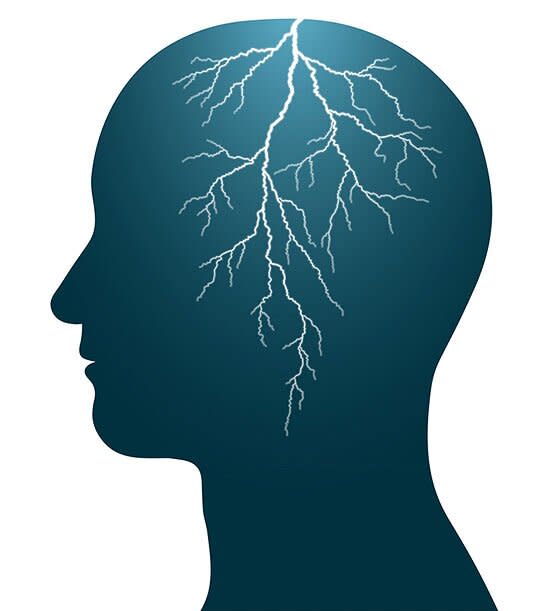How Epilepsy Is Diagnosed

Veer
It might sound strange, but if your child has a seizure, one of the smartest things you can do is to whip out your cell phone camera -- of course, after first making sure he's safe and dialing 911 if necessary. "It's very helpful to have a video record of the event," says Phillip Pearl, M.D., director of epilepsy and clinical neurophysiology at Boston Children's Hospital. "A lot of families are now able to record their child's seizures or symptoms, which gives us a lot of crucial information." But if you don't have a video camera handy, don't stress. A good pediatrician or pediatric neurologist will rely on your eyewitness account and ask your child some questions about what he experienced (if he's old enough to talk).
The Oral Report
In addition to asking about the seizure itself, your child's doctor will take a family history and ask a series of questions to get a better understanding of your child's overall health and risk factors for epilepsy. That list may include:
Did the seizure occur while your child was asleep or awake?
What was your child doing before the seizure began and what was his emotional state?
Did your child's behavior indicate whether she had any kind of warning (for example, coming to find you before it started)?
Was your child taking any medications before this happened?
Did your child experience any kind of head trauma or other injury prior to the spell?
Was consciousness lost or impaired?
Did your child injure himself during the event (for example, by falling or biting his tongue)?
Did your child experience jerking movements, automatic chewing, hand movements, staring, blinking, or loss of bladder control?
How long did the episode last? (Time it if you can!)
Did your child remember what happened after the seizure was over? Did she seem confused or sleepy?
Diagnostic Tests
After taking a careful history, your child's neurologist will use an electroencephalograph (EEG), a machine used to measure the electrical activity in the brain. The EEG can be a little scary for kids, because they will have tiny wires taped to their head, but it shouldn't hurt. The brain waves of someone with epilepsy may show special patterns in between seizures that will help to pinpoint the problem; in some forms of epilepsy, these patterns are visible only when the patient is sleeping. Depending on the findings of an initial EEG, a neurologist may even have you take a machine home to monitor your child's brain waves while he sleeps, or have you and your child stay over in a hospital to have this done.
Depending on the results of the EEG, the neurologist may want to see pictures of your child's brain to check for lesions, growths, scars, or other physical conditions that could be causing the seizures. These images are usually taken with an MRI (magnetic resonance imaging) scanner; a few research centers also use positron emission tomography (PET) to identify which areas of the brain are producing the seizures.
Copyright © 2014 Meredith Corporation.
All content on this Web site, including medical opinion and any other health-related information, is for informational purposes only and should not be considered to be a specific diagnosis or treatment plan for any individual situation. Use of this site and the information contained herein does not create a doctor-patient relationship. Always seek the direct advice of your own doctor in connection with any questions or issues you may have regarding your own health or the health of others.
